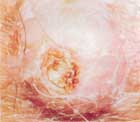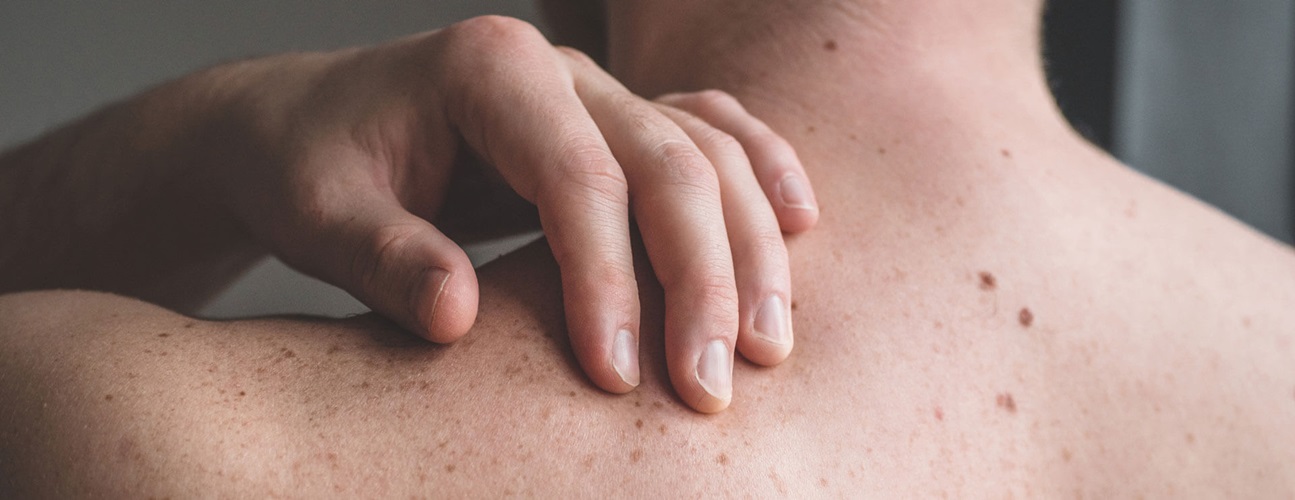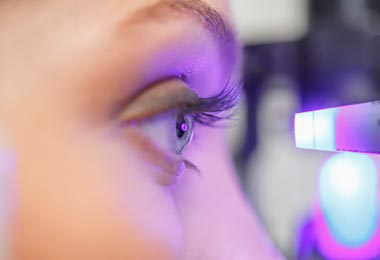Nonmelanoma Skin Cancer
There are several types of skin cancers besides melanoma. Dermatologic surgeons at Johns Hopkins describe nonmelanoma skin cancers, what to look for and what to expect.
What is nonmelanoma skin cancer?
There are many types of skin cancer. While melanoma may be the most well-known skin cancer, it is not the most common. Nonmelanoma skin cancer includes:
- Basal cell carcinoma
- Squamous cell carcinoma
- Merkel cell carcinoma
Basal cell carcinoma and squamous cell carcinoma are by far the most common skin cancers.
Nonmelanoma Skin Cancer Causes
Basal cell carcinoma, squamous cell carcinoma and Merkel cell carcinoma are associated with cell damage due to prolonged or chronic exposure to ultraviolet (UV) rays. People with light-colored skin that burns easily are at higher risk, especially if they or someone in their family had skin cancer in the past.
You can reduce your risk of skin cancer by wearing sunscreen and protective clothing and by avoiding sun exposure during the brightest hours of sunlight (between 10 a.m. and 2 p.m.). Indoor tanning is particularly risky, since tanning beds and lamps expose the skin to intense UV rays that can damage the skin cells and cause cancer.
An additional risk factor for skin cancer is infection with certain viruses, such as types of the human papilloma virus (HPV) and the mouse polyomavirus (MPyV).
Nonmelanoma Skin Cancer Staging
If your doctor diagnoses skin cancer, the tumor can be assigned a stage to determine the need for additional testing to evaluate the extent of the cancer and how likely it is to spread or return after treatment. All of these factors can help decide which therapy is best for you.
Factors that go into skin cancer staging include:
- T, for the size of the tumor and the extent of its growth in the skin
- N, for the skin cancer’s spread to lymph nodes
- M, for spread to other parts of the skin or other organs
Nonmelanoma Skin Cancer Treatment
There are many ways to treat skin cancer, depending on its type and how advanced it is.
- Surgery is the most frequently used approach to managing skin cancers.
- Wide excision: The surgeon cuts out the tumor and a border of 3 to 10 millimeters of normal skin around the tumor. The specimen is sent to a pathology laboratory, where samples of the tumor are evaluated under a microscope. A report on the presence of cancer in the tumor and the margin area is sent to the doctor.
- Mohs surgery: The surgeon removes the tumor and 1 to 2 millimeters of normal skin around the tumor. While the patient waits in the office, the tissue is processed in a laboratory so that nearly 100% of the margin can be evaluated under a microscope. Learn more about Mohs surgery.
- Local destruction of skin tumor cells can be performed in certain areas of the body for very early stage cancers.
- Cryotherapy uses liquid nitrogen to kill the cancer cells.
- During electrodesiccation and curettage, cancer is scraped off and cancer cells in surrounding tissue are electronically destroyed.
- Carbon dioxide laser can be used to destroy the tumor cells.
- Medicine and other treatments can be used in certain areas of the body for very early stage cancers and pre-cancers of the skin.
- Use of 5-fluorouracil cream or solution is a chemotherapy that kills rapidly dividing cells like those that occur in cancer.
- Imiquimod cream is an immune stimulator that tricks the immune system into attacking the cancer.
- Photodynamic therapy kills tumor cells by treating them with a medication and then exposing the tumor to a wavelength of light.
- Some skin cancers may require all-over (systemic) therapies, such as the following.
- Chemotherapy
- Targeted therapy uses drugs to specifically target skin tumor characteristics, which can help stop the growth and spread of cancer by identifying and attacking cancer cells directly while preserving normal cells.
- Immunotherapy helps the immune system fight cancer cells.

Basal Cell Carcinoma
Basal cell carcinoma, also known as basal cell cancer, is the most common type of skin cancer, accounting for 80% of nonmelanoma skin cancers. It arises from keratinocytes, which are cells in the top layer of the skin.
Basal cell carcinoma tumors often appear as small, raised, shiny or pearly bumps, but their appearance can vary. The cancer often starts in areas of skin exposed to the sun, such as the face, head, neck, arms and hands. The tumors tend to grow slowly and rarely spread to other parts of the body. Nearly all basal cell cancers can be treated, but in some cases, they come back after treatment.
Although this type of cancer rarely spreads to other parts of the body, if not managed, it can extend below the skin to the bone and cause damage and disfigurement. Basal cell carcinoma increases your risk for developing another basal cell carcinoma somewhere else on your skin and other types of skin cancer.
Basal cell carcinomas are slow-growing and almost always successfully treated by removing the lesion. The five-year survival rate for patients with basal cell carcinoma is estimated to be close to 100%, since it rarely spreads. (Exact figures are not available since cancer registries do not record statistics for basal cell carcinoma and squamous cell carcinoma survival rates.) Because BCC may recur, your doctor will want to follow up regularly.

Squamous Cell Carcinoma
Like basal cell cancer, squamous cell carcinoma often starts in areas of skin exposed to the sun, such as the face, head, neck, arms and hands. But it can also begin in other parts of the body, such as skin in the genital area.
Squamous cell carcinoma tumors often show up as rough or scaly red to pink patches on the skin, but the tumors have a variety of appearances and can also look like crusted or open sores that don’t heal or thickened, wart-like areas.
The second most common type of skin cancer, squamous cell carcinoma develops from keratinocytes in the top layer of the skin. When a squamous cell carcinoma develops on the genitals, it is often linked to HPV infection.
Squamous cell carcinoma is more likely than basal cell cancer to grow and spread to other parts of the body, although this is still uncommon. Most squamous cell carcinomas are found early enough to be treated successfully, but staging (assessing a tumor’s characteristics to determine how far it has advanced) may be called for in patients with risk factors such as a weakened immune system that make spread more likely.
Squamous cell carcinoma has a five-year survival rate of 99% when the cancer is detected early, but that rate may be lower among patients whose cancer is advanced at the time of diagnosis. (Exact figures are not available since cancer registries do not record basal cell carcinoma and squamous cell carcinoma survival rates.)
Merkel Cell Carcinoma
Merkel cell cancer is a rare type of skin cancer that can arise anywhere on the body but is most often found on sun-exposed areas of skin such as the face, neck and arms. It usually appears as firm, shiny skin lumps that do not hurt. The lumps may be red, pink or blue, they may grow very quickly and they can be difficult to treat if they spread beyond the skin.





